
All categories
Featured selections
Trade Assurance
Buyer Central
Help Center
Get the app
Become a supplier

(52167 products available)














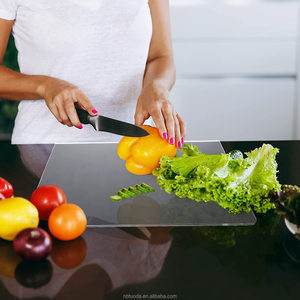

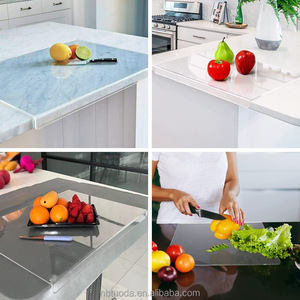
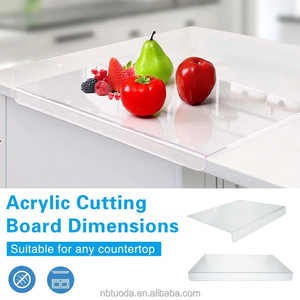









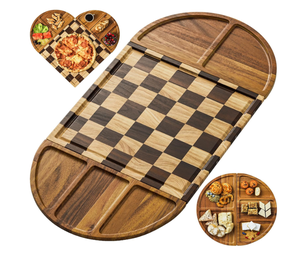

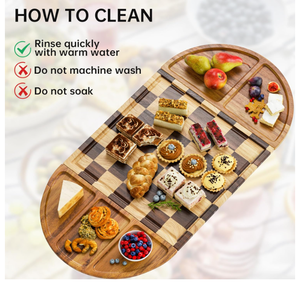







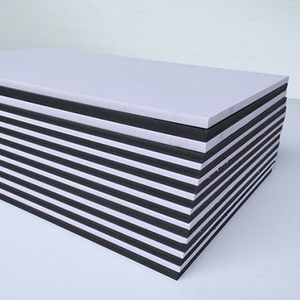



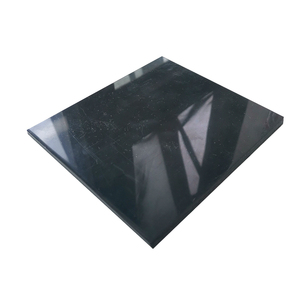



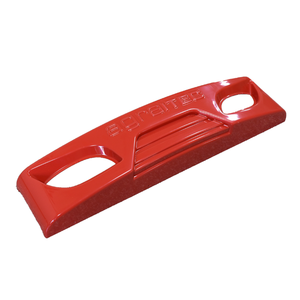

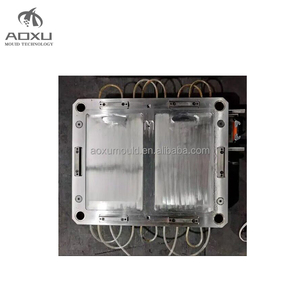



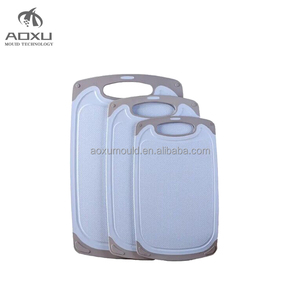
The moulds for making plastic cutting boards come in various types, each with distinct advantages. Some are good for mass production, while others are better for unique or small batches of products.
Single cavity moulds
This kind of mould has just one cavity. It's ideal for making one type of cutting board per production run. Single cavity moulds are great if the cutting board design is complex and requires much detail. They are also good for small businesses that want to focus on a few specific designs.
Multi-cavity moulds
These moulds have many identical cavities. They allow for producing many cutting boards simultaneously. Multi-cavity moulds are efficient for making simple cutting board designs that don't need much detail. They also help reduce production costs by shortening cycle times and using less material.
Core and cavity moulds
These moulds have a core part inserted into a cavity mould to shape the cutting board's thickness and create features like handle holes. The core ensures that any cut-outs or handles on the cutting board are properly formed.
Modular moulds
These moulds have interchangeable parts that can be changed to make different cutting board designs. Modular moulds are good for companies that want to make various cutting boards without starting from scratch each time. They save money and time in the long run.
Compression moulds
Compression moulds are suitable for making thick or heavy-duty cutting boards. These moulds compress the plastic material between two heated plates to create a solid, durable board. They are ideal for boards that will withstand much cutting and chopping.
Injection moulds
If making boards with complex designs or multiple colours, injection moulds work best. The plastic is injected into the mould through a screw-type injector. These moulds can produce cutting boards with different coloured sections or intricate patterns.
Mould Design
The mould for the plastic cutting board has two halves that fit together. One half has raised features, and the other half has cavities. Together, these form the shapes of the cutting boards. The mould is made of steel or aluminum. It is polished and treated to make it last a long time.
Shape and Style
Cutting boards come in many shapes and styles. The mould makes boards with curves, circles, ovals, or unique custom shapes. It also forms boards with different edge styles, like rounded or beveled edges. These designs help the boards look nice in kitchens and food businesses. The mould can be made to fit specific requirements instead of making the usual rectangular boards.
Thickness and Flexibility
The cutting boards have a uniform thickness. But, some boards are designed to be flexible or have multiple layers. When the mould is designed for layered boards, it leaves space for the extra material. Flexible moulds make boards that can bend but are still strong.
Material Considerations
Plastic cutting boards are typically made with HDPE, LDPE, or polypropylene. These plastics are tough, safe for food, and easy to clean. The mould must withstand the heat and pressure of injecting the plastic. So, high-quality steel or aluminum is used for the mould.
Production Speed
The speed of producing cutting boards depends on the type of mould. Some moulds are made for fast production lines. Others are designed for slower lines but with better quality. The mould designer selects the right mould based on how many boards are needed in an hour.
Board Features
Some cutting boards have added features. The mould can form boards with grooves to catch juice from fruits and meat. Some boards have handles or non-slip surfaces. The mould is designed to make these useful features, making the cutting boards work better in the kitchen.
Cooling System
Plastics cool down after shaping inside the mould. A good cooling system speeds up production. It also keeps each cutting board the same. Cool water or air flows through channels in the mould. This helps the plastic solidify quickly and uniformly. It shortens the time between making each cutting board. A fast cooling system is important for producing boards with thick or complex designs.
Plastic moulds for cutting boards have various applications in multiple industries. They create durable cutting boards used in kitchens and restaurants across different sectors.
Commercial kitchens
Cutting boards are a must-have tool in commercial kitchens for restaurants, hotels, and catering companies. The moulds produce large cutting boards that withstand heavy use and frequent cleaning.
Food processing industry
The food processing sector uses cutting board moulds for meat, vegetable, and fruit processing. The boards provide a clean and safe surface for food preparation. They are easy to sanitize and comply with food safety regulations.
Healthcare facilities
Hospitals and clinics use cutting boards to prepare food and for medical tasks. The boards have surfaces that are easy to clean and disinfect to prevent cross-contamination.
Educational institutions
Colleges and training schools use cutting board moulds in culinary arts programs. The students use the boards to learn about safe and effective food preparation practices.
Retail and food service
The cutting boards are for use in supermarkets, delis, and food trucks. The moulds produce portable and easy-to-clean boards for use in the field or at retail counters.
Outdoor and camping gear
The cutting boards from the moulds are lightweight and easy to carry. They give campers and hikers a reliable surface for food prep in remote locations.
When choosing a plastic cutting board mold, several important factors should be considered to ensure that the final product meets the desired quality, functionality, and safety standards. Here are some key points to keep in mind:
Material selection:
The material used for the mold is crucial. Opt for durable materials like steel or aluminum if the target is high production rates. Steel and aluminum are corrosion-resistant and can withstand the pressures of mass production. However, if the goal is to produce a small number of cutting boards, then opt for cheaper mold materials such as plastics and composites.
Board design:
The design of the cutting board should be user-friendly and functional. When making the mold, consider adding features such as juice grooves or handles. Adding these features will make the cutting boards more convenient to use. The mold design should also allow for easy removal of the finished boards. This ensures that the boards do not get damaged during the removal process.
Food safety standards:
The mold for the cutting boards should comply with food safety standards. This is important because cutting boards come into contact with food. Therefore, choose materials that are non-toxic and do not react with food substances. Using food-grade plastics for the mold will ensure that the cutting boards produced are safe for food preparation.
Ease of cleaning:
The mold design should allow for easy cleaning. If the mold is not cleaned properly, it can lead to product contamination or cross-contamination between different food items. Therefore, choose a mold design that allows for thorough cleaning. This will help maintain the hygiene of the cutting boards produced.
Cost considerations:
Plastic cutting board molds can be expensive, so consider the cost of the mold and the production process. Cheaper mold materials may be suitable for low production runs. However, for high production rates, it may be worth investing in a more durable mold material. Balancing cost and quality is crucial to ensure the cutting boards produced are within budget.
Feedback from users:
Before finalizing the mold design, consider getting feedback from potential users. This feedback will help identify any design flaws or features that users want to see in the cutting boards. By incorporating user feedback into the mold design, the final product will better meet the needs and expectations of the users.
Q1. What are the benefits of using a plastic cutting board?
A1. Plastic cutting boards are durable, affordable, and easy to clean. They also resist stains and odors and can be used on both sides to maximize their utility.
Q2. How can people maintain their plastic cutting boards?
A2. To maintain plastic cutting boards, users should regularly wash them with hot soapy water, periodically use bleach solutions to sanitize them, and avoid using excessive heat to prevent warping.
Q3. Why do people use molds for making plastic cutting boards?
A3. Plastic cutting board molds provide a way to make boards in different shapes, sizes, and designs. Using molds can also help to reduce production costs and increase consistency.
Q4. How do people sanitize plastic cutting boards?
A4. Plastic cutting boards can be sanitized by washing them with hot soapy water and then rinsing them under clean water. They can also be sanitized using a bleach solution or commercial sanitizer.
Q5. Why do people choose plastic cutting board molds over others?
A5. Plastic cutting board molds are chosen for their affordability and ease of use. They are also suitable for producing boards in various shapes and sizes.